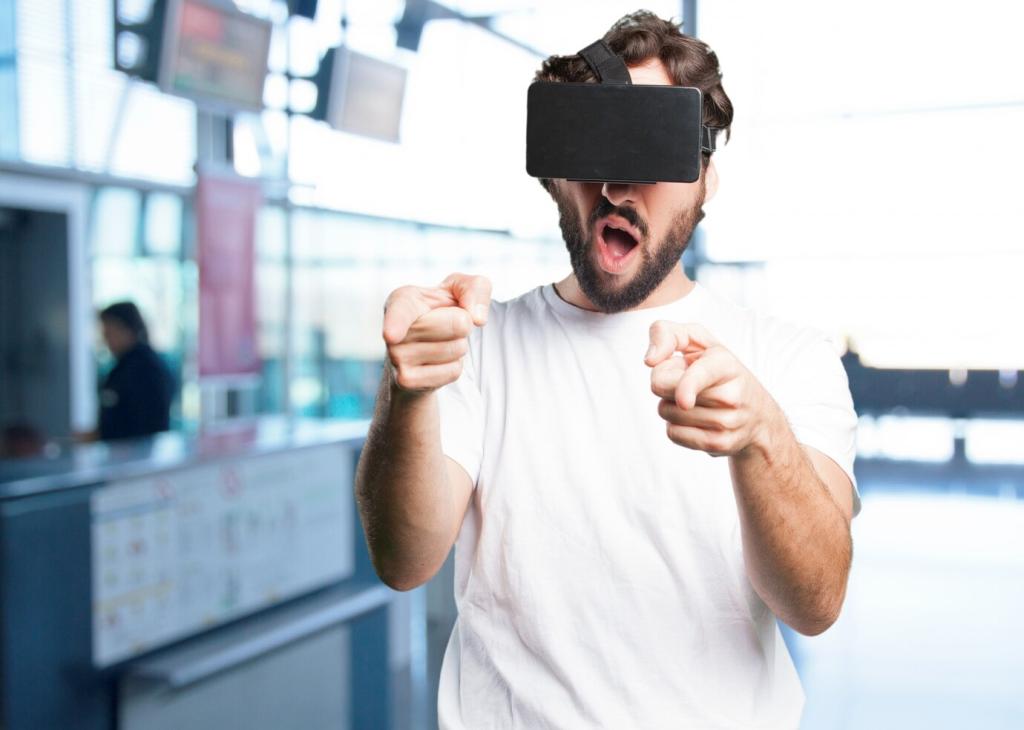
Virtual Reality: Transforming Interior Design
Virtual reality (VR) is revolutionizing the way we interact with spaces, offering a dynamic and immersive approach to interior design. By blending cutting-edge technology with creative design processes, VR enables designers and clients to visualize, experiment, and finalize interior concepts in a virtual space before any physical changes are made. This transformation paves the way for unprecedented precision, creativity, and client satisfaction in the industry.
Immersive Visualization for Interior Spaces
Walking Through the Future
Virtual reality offers the unique capability of simulating a true-to-scale walkthrough of envisioned spaces. When clients put on a VR headset, they are transported into their future home or office, experiencing not just the look but also the feel of a room. This interactivity provides a realistic sense of scale, lighting, and spatial relationships that 2D plans and 3D renderings cannot match. As a result, decision-making becomes more informed and intuitive, reducing the risk of costly post-construction changes.
Experiencing Materials and Textures
Another key benefit of VR in interior design is the realistic simulation of materials and textures. From the grain of a wooden floor to the softness of a velvet sofa, virtual reality platforms can replicate tactile sensations through advanced graphics and haptics. Clients gain a comprehensive understanding of how different materials will work together, both visually and functionally, leading to more confident selections. This level of detail minimizes surprises and ensures that expectations align closely with the final result.
Lighting and Ambience Simulation
Lighting is a fundamental aspect of interior design, impacting mood, functionality, and aesthetics. Virtual reality enables designers to simulate various lighting scenarios, from natural daylight to ambient evening settings. This real-time adjustment empowers clients to see firsthand how sunlight filters through windows or how artificial lighting enhances specific features. The interactive environment equips both designer and client with the insights needed to make knowledgeable decisions about lighting plans and fixture placement, enhancing overall satisfaction.
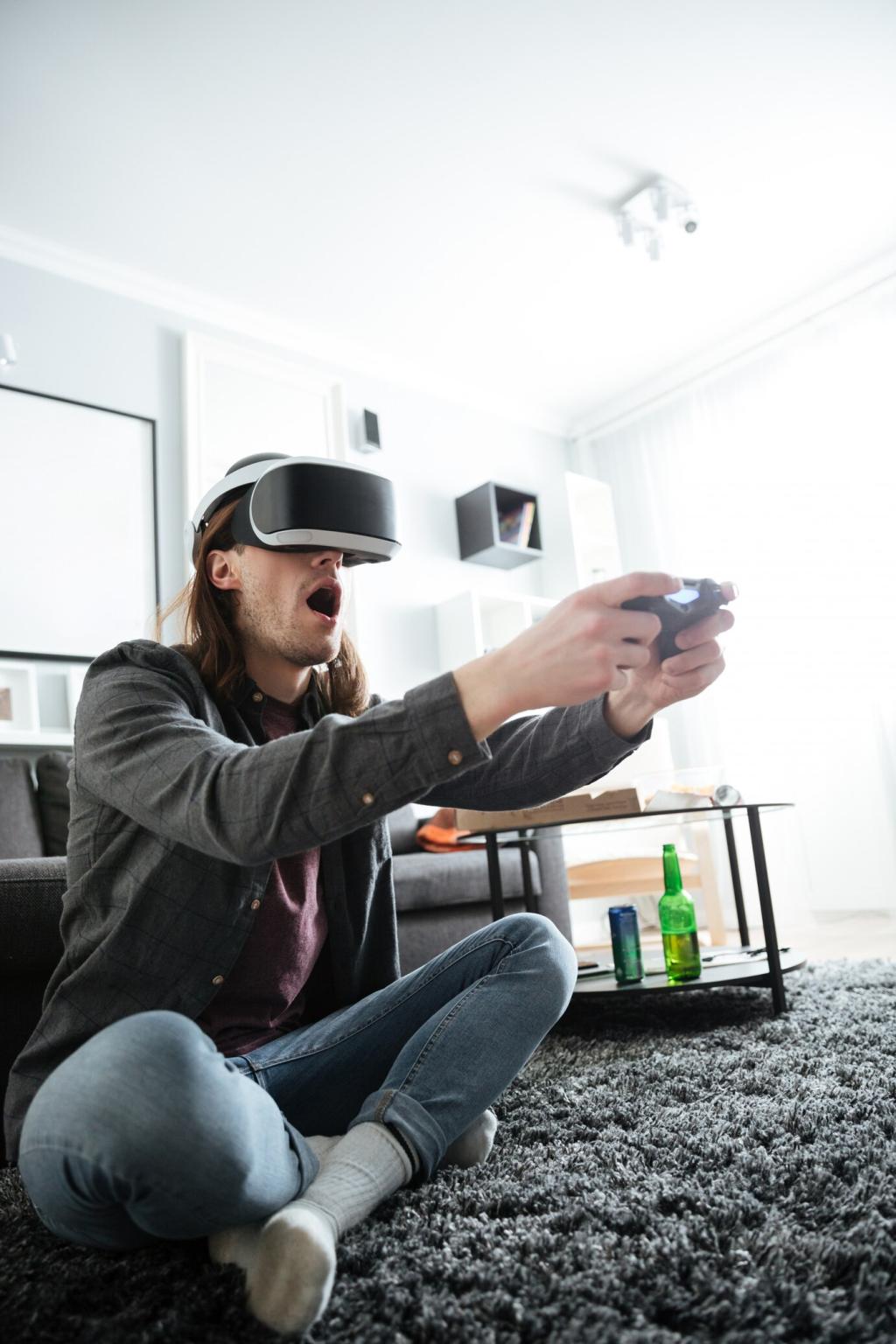
Collaborative Design and Real-Time Feedback
Miscommunication often stems from differing interpretations of sketches or renderings. VR eliminates these barriers by offering a shared visual language, where designer and client explore ideas together in a digital environment. Misunderstandings diminish as clients articulate preferences while immersed in their future space. Designers gain deeper insights into client expectations, leading to solutions that resonate more effectively with individual lifestyles and aspirations.
Precision and Risk Reduction in Project Execution

Pre-Emptive Problem Solving
Mistakes in construction often arise from ambiguous plans or overlooked spatial quirks. VR empowers teams to identify and address potential problems virtually—be it awkward traffic flows, insufficient storage, or aesthetic mismatches—before materials are ordered and crews mobilized. This proactive approach enables course corrections that prevent budget overruns and schedule delays, elevating quality control.
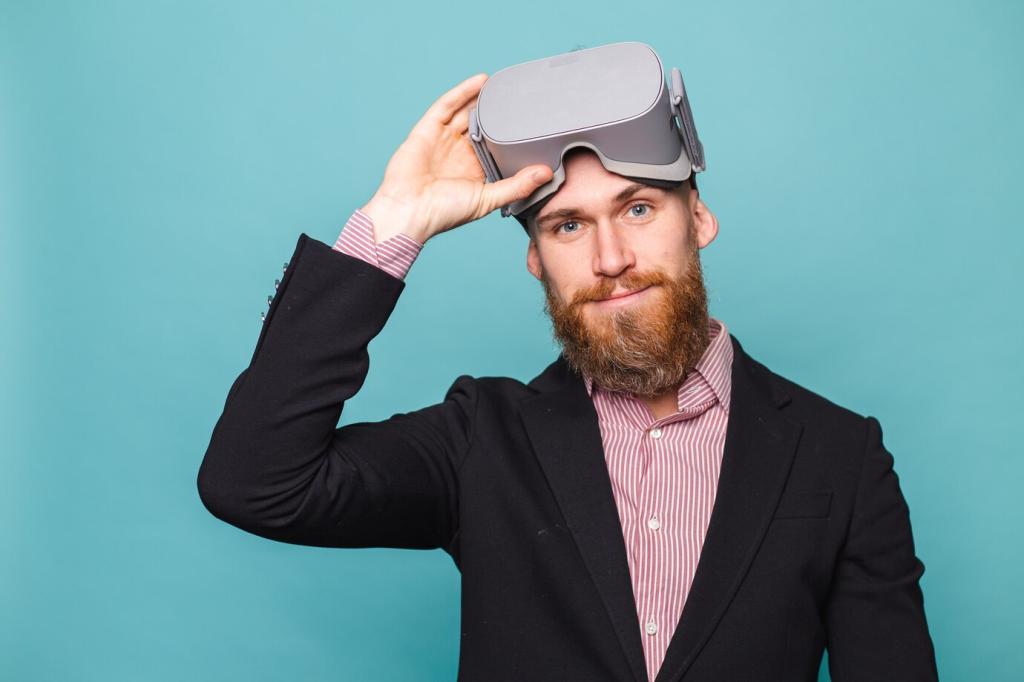
Reducing Material Wastage
Every change made after construction begins can lead to wasted resources and increased costs. VR minimizes such occurrences by enabling clients to finalize designs with certainty prior to implementation. By providing clarity and confidence about size, color, and placement, virtual visualization ensures that only the correct materials are ordered and used, supporting sustainability initiatives and efficient budget management.

Streamlining Contractor Communication
When builders and subcontractors can reference a highly detailed virtual interior, ambiguity dissolves. VR models offer precise representations of intended outcomes, minimizing the misinterpretations that frequently arise from traditional drawings. This clarity results in fewer construction errors, a more harmonious workflow, and a higher quality end product that aligns precisely with the client’s vision.
Customizing Every Detail
From the pattern of a rug to the finish on a cabinet, VR allows clients to customize each element of their space. Designers can instantly show a range of options, swapping out colors, finishes, and decor items at the client’s request. This meticulous attention to detail fosters greater client satisfaction and ensures every aspect of the interior feels intentional and harmonious, reflecting the resident’s personality and taste.
Adaptive Design for Diverse Needs
Every client comes with distinct requirements—whether accommodating specific accessibility needs, lifestyle preferences, or functional demands. VR environments enable designers to model adaptable spaces that seamlessly merge form with function. Real-time scenarios—like maneuvering a wheelchair or switching between living and workspaces—can be experienced, refined, and perfected, guaranteeing that the final design is practical as well as beautiful.
Emotional Connection to Design
Virtual reality doesn’t just facilitate functional design—it amplifies emotional engagement. As clients interact with virtual representations of their spaces, they develop a deeper sense of ownership and emotional attachment. The ability to witness their ideas realized in vivid digital form brings excitement and anticipation, transforming the design process into a journey of self-expression and creativity.
Innovative Design Exploration and Experimentation
VR provides a risk-free environment where designers and clients can try striking design concepts without fear of permanent consequences or costly mistakes. Vibrant color palettes, unique furniture arrangements, or avant-garde architectural features can be tested, evaluated, and either adopted or discarded based on actual experience. This freedom encourages breakthroughs that traditional processes might stifle.
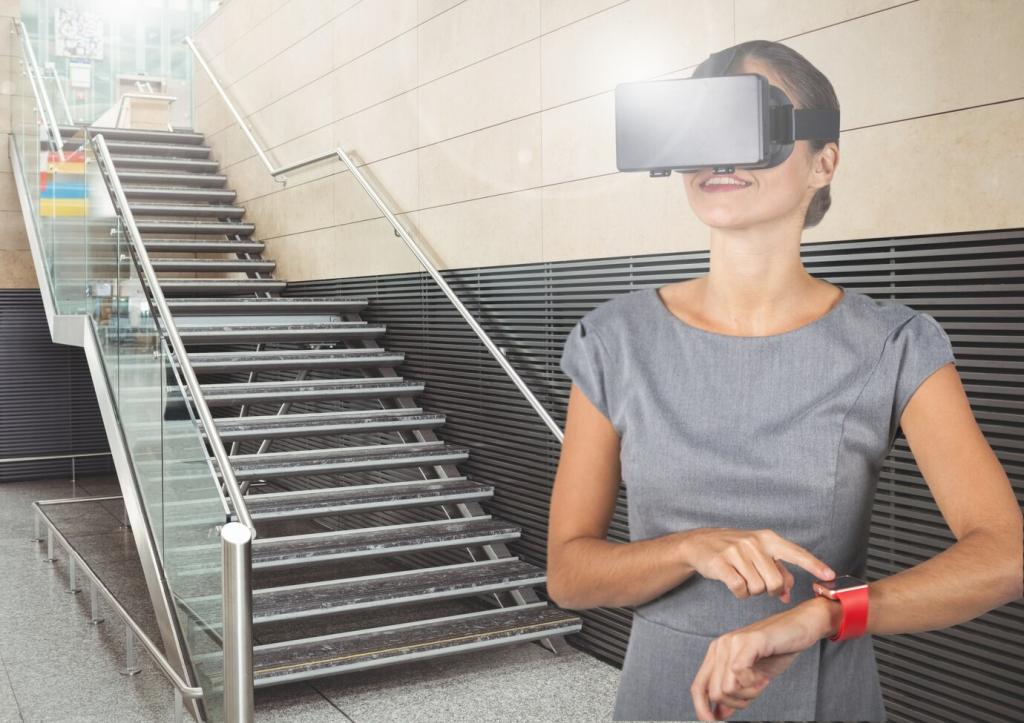
Accessible Design for Remote Clients
Remote Consultations with Real-World Impact
Clients no longer need to visit a designer’s office or showroom to participate in the design process. VR enables fully remote consultations, with designers guiding clients through virtual interiors via digital platforms. This convenience saves time, reduces travel expenses, and widens access to top-tier design talent, making bespoke interiors a reality for broader audiences.
Real-Time Global Collaboration
Multinational teams and clients can converge in virtual environments, discussing layouts, materials, and finishes in real time. VR facilitates seamless communication across time zones and cultures, opening the door for international projects and diverse design perspectives. No matter where participants are based, everyone shares the same vivid, interactive experience, fostering inclusivity and unity.
Expanding Opportunities for Designers
The global reach offered by VR technology allows designers to grow their businesses beyond local markets. They can attract clients from different regions and cultures, gaining exposure to a wider array of projects and challenges. This not only enhances professional development but also encourages creative cross-pollination, driving the advancement of interior design as a discipline.
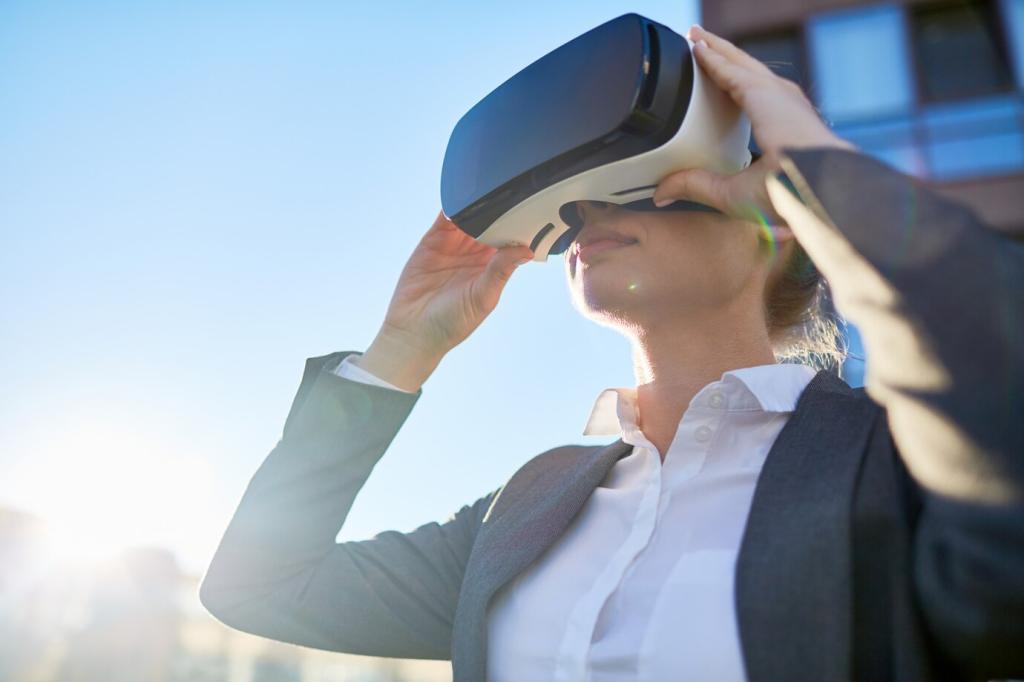
Sustainable Material Selection
In a virtual environment, clients can explore a range of sustainable and recycled materials, instantly visualizing their impact on the space’s aesthetics and performance. Designers can educate clients about the benefits of eco-friendly options, such as low-VOC paints, bamboo flooring, or upcycled furnishings, empowering them to make informed, ethical decisions without hesitation.
Visualizing Energy Efficiency
VR allows clients to experience firsthand how energy-efficient solutions—like strategic window placement, insulation, or innovative lighting—will function in their interiors. Real-time adjustments reveal the long-term benefits, both in terms of environmental impact and cost savings. By seeing the practical advantages, clients are more likely to invest in green upgrades, promoting a culture of sustainability.
Reducing Environmental Impact of Design Changes
By finalizing designs virtually, unnecessary modifications and reordering of materials are significantly reduced, leading to less waste and lower carbon footprints. Clients and designers can experiment freely in a virtual setting, ensuring only essential resources are used during construction. This approach supports not only individual sustainability goals but also broader ecological responsibility within the interior design industry.
